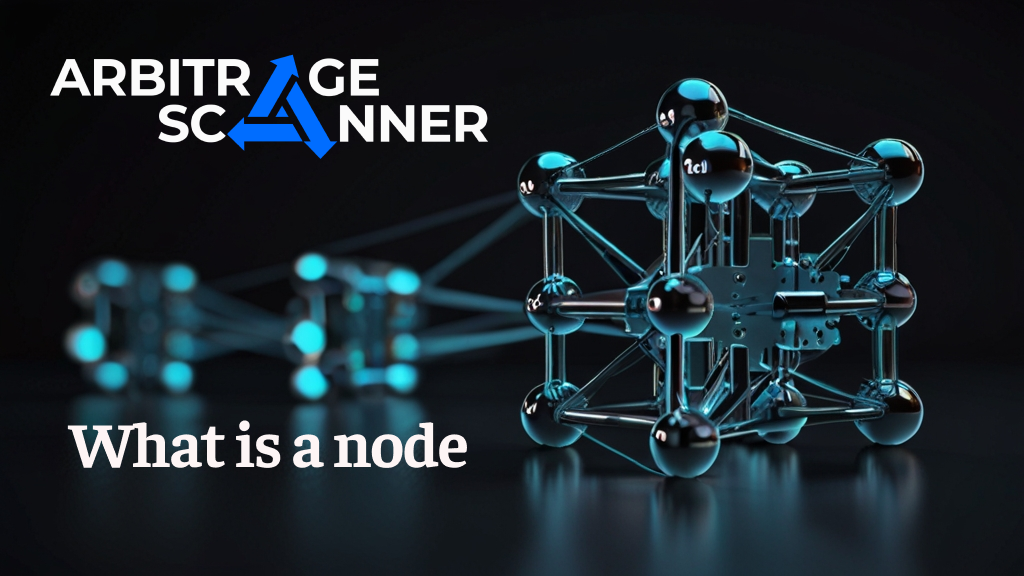What is staking

INTRODUCTION
When you hold onto an asset for an extended period, income optimization does not occur because you cannot generate additional profit from the asset. Thanks to the staking mechanism, however, there is an opportunity to earn passive income from your investments!
WHAT IS STAKING

Staking is a way to earn on cryptocurrency by placing and temporarily freezing a certain portion of assets. This allows you to contribute to the system and receive a percentage reward. The frozen, or locked, coins can be kept in a personal wallet or on the nodes of a specific blockchain.
The reward for staking depends on the amount of coins staked and the duration of the lock-up period.
In blockchains where the consensus mechanism is Proof of Stake (POS), network participants stake their assets to generate new blocks and conduct transactions. By supporting the network's operation, validators receive incentives for their resource contributions, which are then distributed among POS participants in the form of new cryptocurrency.
You can draw an analogy between staking and placing money on a deposit. You give your funds to a bank to earn a fixed percentage, while the bank uses your deposit to issue loans, increasing its client pool and regular income. In return, you earn interest on your account balance.
By staking cryptocurrency, you make it work for you.
BENEFITS OF STAKING
- Passive income
If you are a long-term holder or at least do not plan to sell your assets in the near future, staking allows you to earn additional cryptocurrency, increasing your holdings.
- Does not require additional equipment or special knowledge
There is no need to spend money on expensive equipment, as in mining, and set it up. Everything is done in a few clicks.
- Support for cryptocurrency projects
As the number of participants in staking grows, the network's resistance to attacks increases, and the transaction processing becomes better.
- Bonuses in the form of airdrop
In 2024, developers encouraged the staking community by rewarding them with additional tokens from their network.
DRAWBACKS OF STAKING
- Temporary token lock-up
Depending on the program, you do not have access to your funds. This can be from several weeks to a year. During this time, you cannot withdraw, transfer, or sell the assets.
- Price fluctuations
In case of either a rise or fall in the price, you cannot react quickly, as the unstaking period takes some time. For instance, if the value drops significantly, you may incur losses.
- Dishonest platforms
Slashing[1] is often used. By staking tokens with a dishonest validator, you risk losing part of your funds. Fortunately, you can study the reputation of services before staking to avoid losses.
- Costs of paying fees
Don't forget about associated costs. For instance, withdrawing a specific asset from a CEX exchange will incur a fee. The same applies when transferring assets from a non-custodial wallet.
TYPES OF STAKING

The specifics and conditions of staking can vary. Each has its own distinct advantages and disadvantages, as well as varying types of returns. Below are the types and their descriptions.
FIXED
This type of staking has a predetermined lock-up period. During this period, you cannot manage the assets. This type of staking is risky during significant volatility, but it provides higher rates.
The rewards from such staking can reach over 20% annually, but it's essential to research the minimum entry threshold.
INDEFINITE (FLEXIBLE)
This type of staking does not have a set lock-up period. You can stop the process whenever you want. However, remember the unstaking period and the missed profit, which is accrued at specific intervals.
If you used this type of staking and prematurely withdrew the cryptocurrency from staking, the reward might not come immediately.
DEFI STAKING
This type of staking occurs through interactions with smart contracts, which automatically fulfill all conditions. By providing your coins to support the protocol, you receive rewards.
DeFi staking is characterized by the quick withdrawal of earned funds. Moreover, the yield can reach up to 100% per year.
!!! NOTE: carefully study the conditions on such platforms and the platform itself to avoid losses.
WHERE TO STAKE CRYPTOCURRENCY

Today, there are many ways to stake your assets. Each has its features. Below are the most popular staking methods.
STAKING ON CENTRALIZED EXCHANGES
Perhaps the simplest and most accessible way. Such exchanges include, for example, Binance, OKX, Bybit, etc. Most exchanges offer staking for most tokens. The undeniable advantage is the intuitive interface.
!!! NOTE: carefully study the exchange before staking cryptocurrency there.
STAKING ON SPECIALIZED PLATFORMS
One way is to use specialized platforms. Most of them are adapted for beginners. These services offer a wide range of coins for staking and several additional options, one of which is automatic reward payout.
STAKING WITH HOT WALLETS
Popular hot wallets also support this option. Such wallets include TrustWallet and others. By staking on such wallets, you ensure income by participating with your capital in network development, maintaining its decentralization.
STAKING WITH HARDWARE WALLETS
For users who do not trust custodians (third parties, such as CEX exchanges) – this is a great opportunity to earn rewards directly through special applications in hardware wallets. These options are supported by hardware wallets like Ledger, SafePal, and others.
STAKING BY RUNNING A NODE
The most complex of all methods. It requires technical knowledge and constant monitoring of the node's operation. Once the node is launched, you can start staking directly on the blockchain network. It is important to consider increased responsibility, as in the event of a malfunction, you may incur losses in the form of a partial reward loss.
FACTORS TO CONSIDER WHEN STAKING

INFLATION
Its level indicates the amount created compared to the current circulation. When participants stake coins, they receive rewards in the form of fees and new coins, increasing the supply and directly affecting the asset's value.
LOCK-UP PERIOD
The time during which the coins are locked during staking. Usually, this ranges from one month to a year or more. Once the staking period ends, the coins can be withdrawn.
UNLOCK PERIOD
In case users cancel staking prematurely, they need to wait some time to receive their assets.
INTEREST RATE
This is the reward for staking, expressed as a percentage. The higher the rate, the more coins you can earn.
MINIMUM AMOUNT
Entry threshold for starting staking. It's crucial to research this before beginning staking to evaluate the requirements and prospects.
COIN AGE
This is the time that has passed from the moment of staking to the start of reward accrual. Depending on the project, it can range from a few hours to days. It all depends on the project.
WEIGHT (AGE AND NUMBER OF COINS)
Coin weight takes into account their quantity and age. The greater it is, the higher the probability of receiving rewards in the form of larger percentages.
HOW TO START STAKING (STEPS)

If you still decide to combine holding and maximizing income, then you need to follow these steps:
1) CHOOSE THE RIGHT CRYPTOCURRENCY.
It should work on the Proof of Stake (POS) consensus mechanism. Besides this, study the project before buying, its stakeholders, and assess the risks.
RECOMMENDATION: study the article on how to analyze altcoins (DYOR)
2) BUY THE CRYPTOCURRENCY
Here you choose where to purchase it yourself, whether it's a DEX platform or a centralized exchange.
RECOMMENDATION: be sure to use additional security measures when creating a wallet for DEX or registering on an exchange.
3) CHOOSE A STAKING PROVIDER
Carefully study the staking conditions, rewards, and entry threshold to avoid unforeseen consequences.
RECOMMENDATION: research the reputation of the platform for reliability.
4) TRANSFER FUNDS
Once all the previous steps are completed, you just need to choose a program and transfer funds to start staking.
RECOMMENDATION: carefully weigh all risks and returns.
LIST OF USEFUL RESOURCES
- The staking explorer service – here
Monitoring staking rewards on most platforms.
- The Stake Capital platform – here
All platforms with links, including DEX, where staking is available.
SUMMARY
Staking is an optimal opportunity for earning passive income for investors interested in generating income from long-term investments.
!!! NOTE: like any earning tool, staking requires risk management and money management.
________________________________________________________________________________________
[1] Slashing – an automated penalty mechanism to punish dishonest validators by destroying part of their staking funds
Want to learn more about crypto arbitrage?
Get a subscription and access the best tool on the market for arbitrage on Spot, Futures, CEX, and DEX exchanges.







